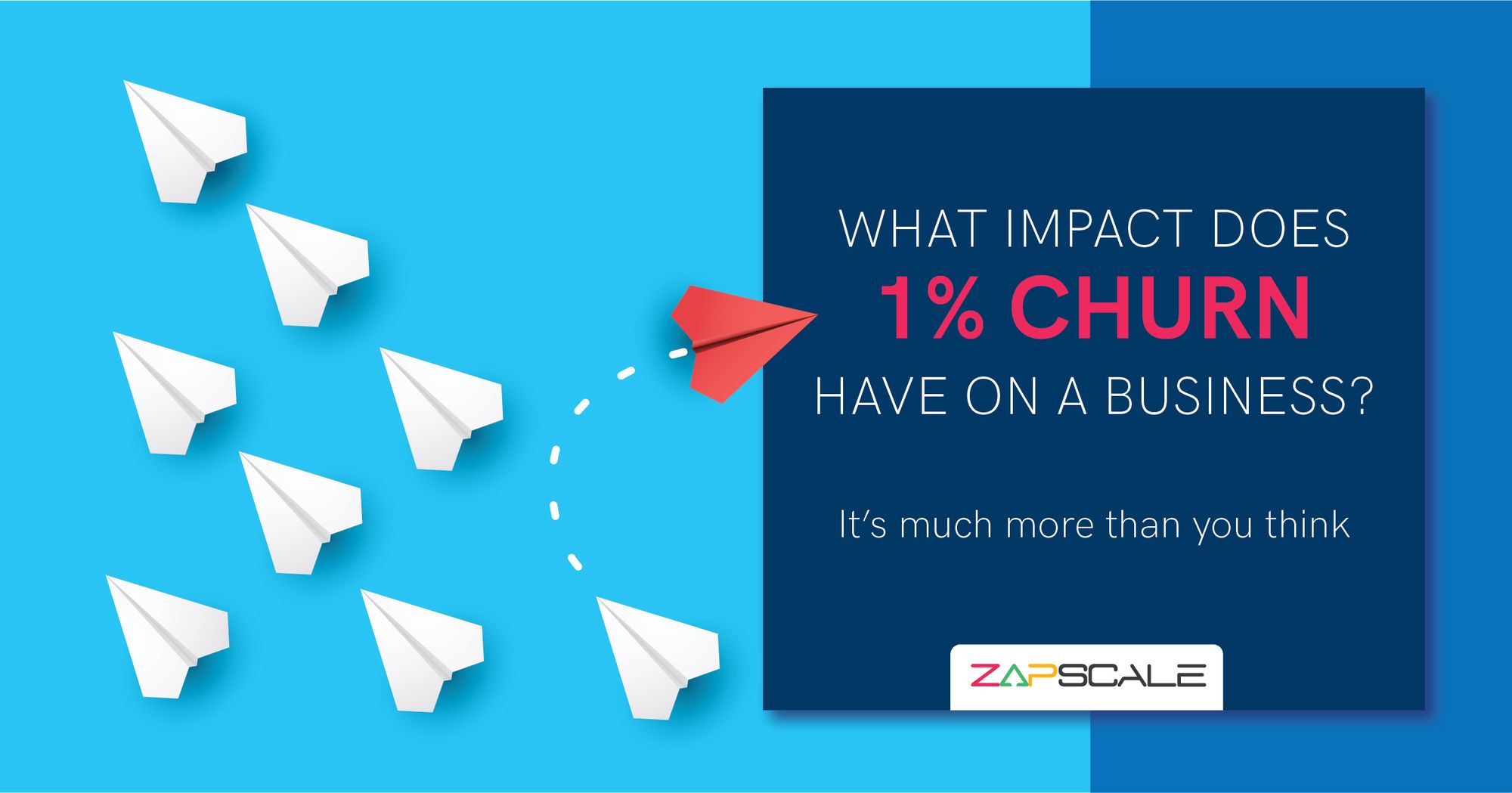CATEGORY > GLOSSARY
Customer Lifecycle Touchpoints
What Are Customer Lifecycle Touchpoints?
These are all the interactions a customer has with your brand, from initial awareness to post-purchase engagement.

Mapping these touchpoints across the customer lifecycle helps you understand their journey and identify opportunities for improvement.
By designing positive experiences at each touchpoint, you can build stronger relationships, foster loyalty, and ultimately turn customers into advocates.
How To Categorize Customer Lifecycle Touchpoints?
Awareness
Customers discover your brand through marketing, reviews, or word-of-mouth.
Consideration
They research your product or service, compare options, and reading reviews.
Decision
They chooses your brand over competitors, make a purchase, or start a subscription.
Onboarding
They get to learn about your product, set it up, and seek support.
Usage
Actively using your product or service, experiencing its features, and seeking value.
Renewal / Repurchase
Deciding to renew a subscription, repurchase the product, or upgrade to a new version.
Support
Interacting with customer service for troubleshooting, inquiries, or feedback.
Advocacy
Recommending your brand to others, leaving positive reviews, or actively promoting your product/service.
How To Map Customer Journey?
- Identify the key touchpoints for your specific customer segment and product/service.
- Consider the channel, frequency, and nature of each interaction (e.g., website visit, email campaign, live chat).
- Analyze the customer's emotions and expectations at each stage of the journey.
How To Optimize Customer Lifecycle Touchpoints?
- Maintain uniformity and precision in communication across every channel.
- Personalize interactions based on customer data and preferences.
- Make it easy for customers to find information and get support.
- Create rewarding experiences at every touchpoint, exceeding expectations.
- Encourage customer feedback and use it to improve the journey.
Insights On Customer Lifecycle Touchpoints
Mapping and optimizing customer lifecycle touchpoints helps you:
- Recognize areas of discomfort and obstacles encountered during the customer journey
- Personalize communication and offers for different customer segments
- Increase customer satisfaction, loyalty, and advocacy
- Maximize the lifecycle value of each customer
Additional Considerations For Customer Lifecycle Touchpoints
- Use customer journey mapping tools to visualize and analyze touchpoints
- Conduct customer journey workshops to involve different teams in optimization efforts
- Track key performance indicators (KPIs) at each touchpoint to measure improvement
- Continuously test and iterate your customer journey based on data and feedback
TOP BLOGS
Quality Content,
Straight To Your Inbox!
Subscribe for the latest blogs, podcasts, webinars, and events!

Write a Blog
If you have experience in CS and
a flair for writing, we’d love to
feature you.
Write to us on
hello@zapscale.com

